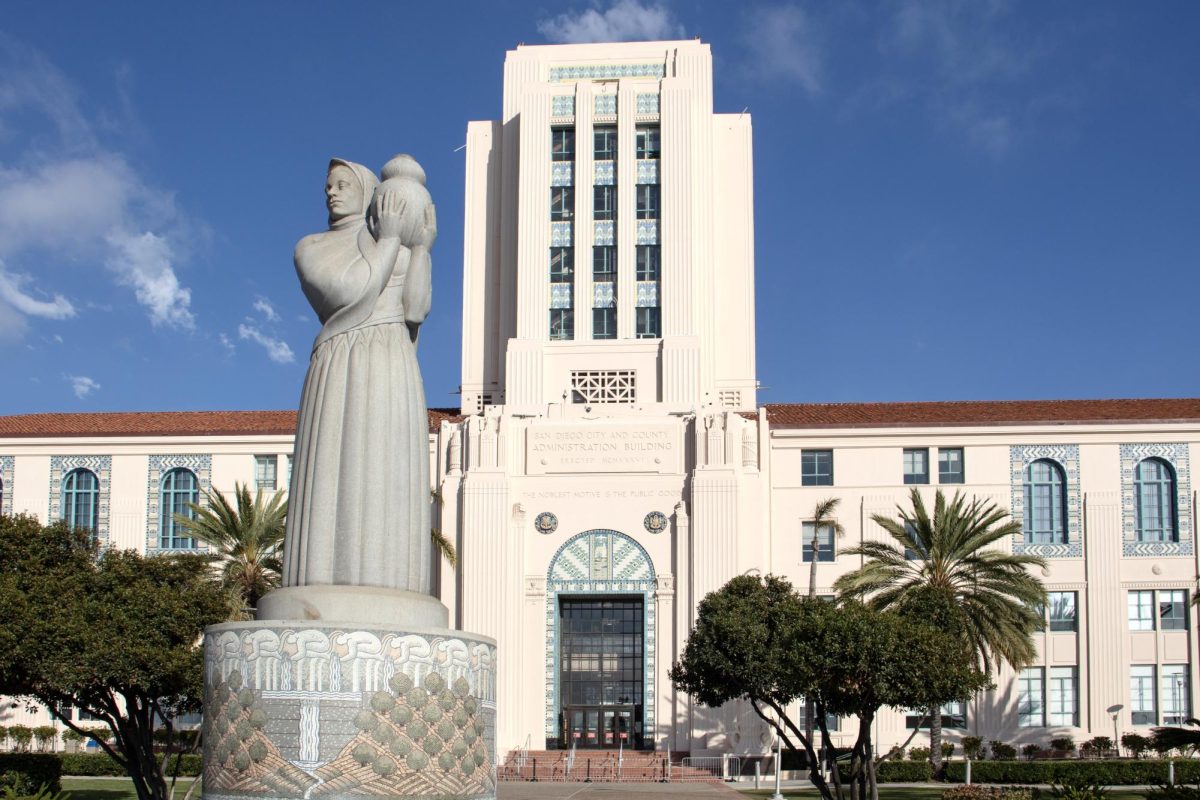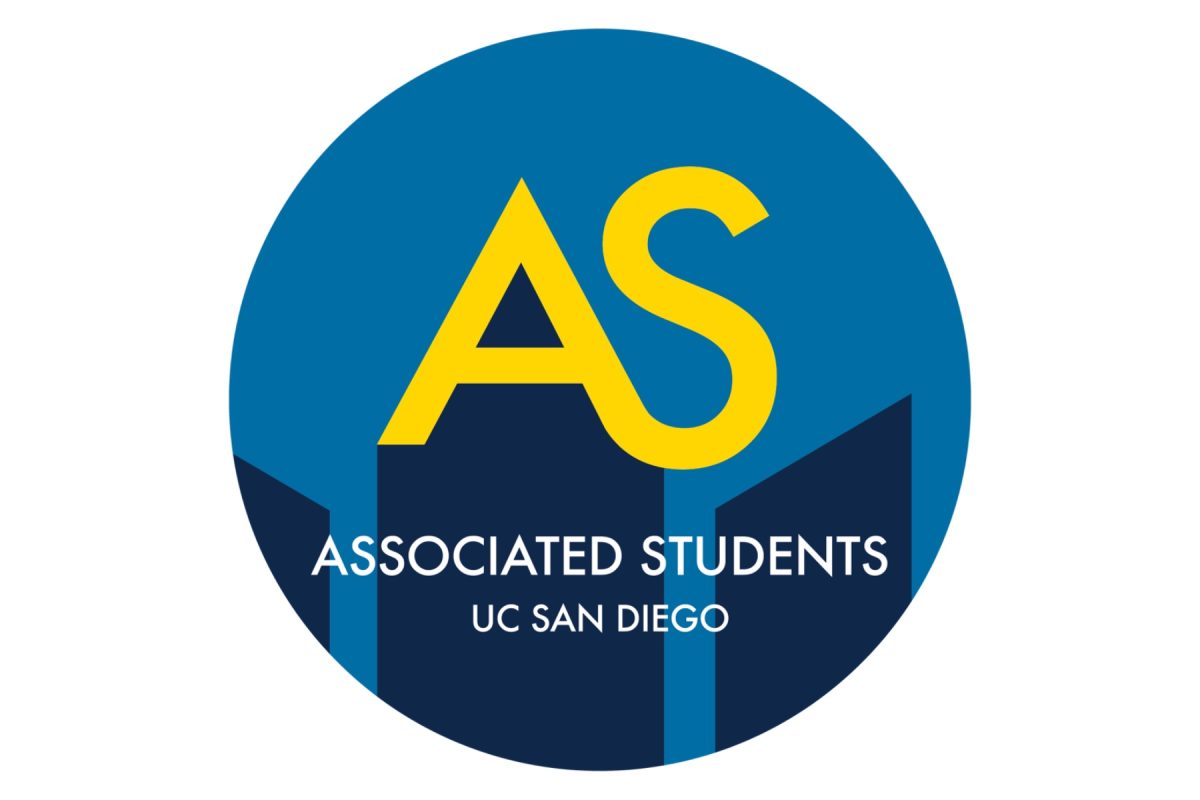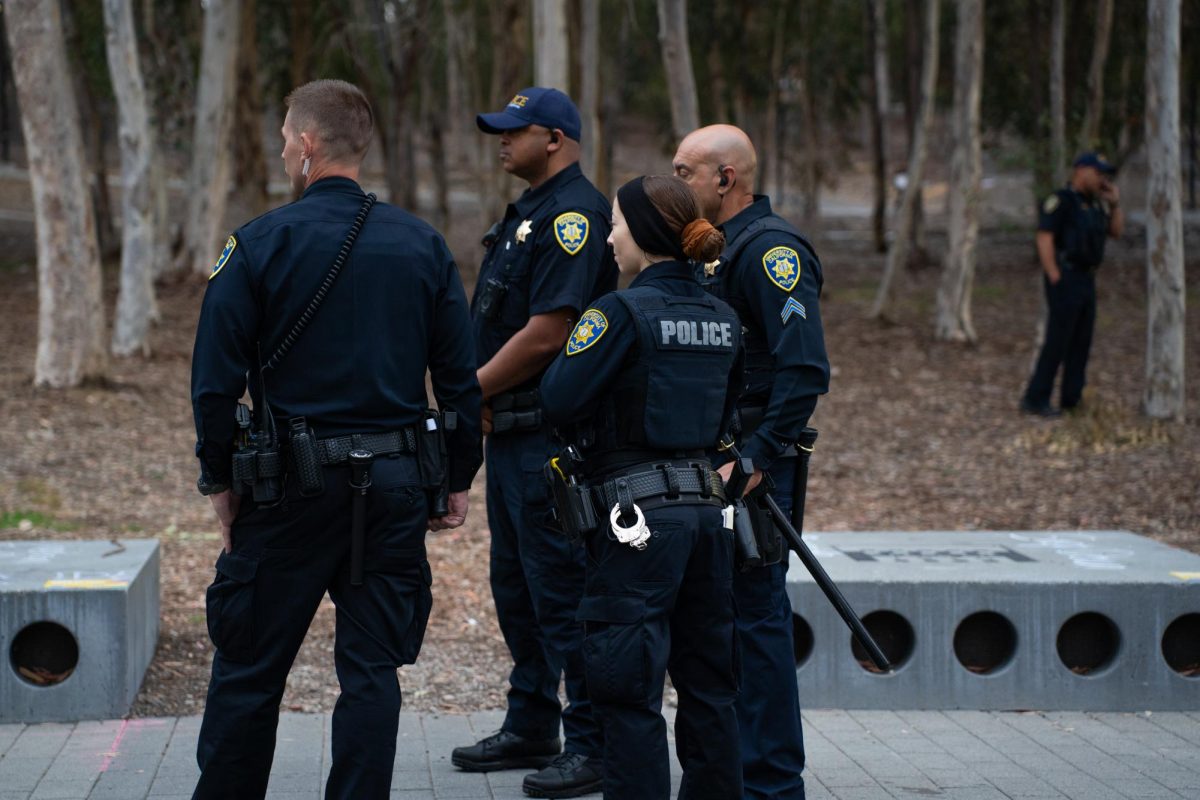Researchers from UCSD, UC Santa Barbara and the Massachusetts Institute of Technology have developed a liquid concoction that detects and kills cancerous tumors in mice.
The researchers —UCSD chemists, UC Santa Barbara cell biologists and MIT bioengineers — combined three different types of tiny particles (one billionth of a meter, or one nanometer, in size) that can together locate tumors and inject them with anti-cancer medication.
Their findings will be officially published in a forthcoming issue of Proceedings of the National Academy of Sciences. Michael Sailor, a UCSD chemistry and biochemistry professor, is the primary author of the findings.
The nano cocktail, which took nine years to develop, is implemented in two procedures. In the first procedure, two nanoparticles are combined and injected into the body to detect the presence of tumors.
The gold nanorod — similar in shape to a hollowed-out pencil, and discovered by MIT graduate student Geoffrey von Maltzahn — travels through cells until it reaches a tumor.
According to Sailor, iron-oxide nanoparticles are used to form a polymer sheath around the gold rods, creating a chain called a nanoworm.
The iron-oxide particles, discovered in 2005 by UCSD graduate student Ji-Ho Park, have a special magnetic property that causes them to show up clearly on magnetic resonance imaging (MRI) systems. Without the iron oxide as a contrast agent, tumors in an earlier stage of cancer were more difficult for an MRI machine to detect.
Additionally, researchers found that the gold rods were more effective at locating tumors when strung together. Sailor said the effect is like catching a basketball: It’s easier with two hands than one.
The second procedure is used to attack the tumors. This nano cocktail contains the same gold nanorods alongside drug-loaded liposomes. Liposomes are similar to water balloons; in this case, researchers fill them with the anti-cancer drug doxorubicin. After the rods locate the tumors, the liposomes can deliver the doxorubicin to the tumor and kill it.
The cocktail was initially tested on laboratory mice.When injected into mice with cancerous tumors, their tumors disappeared.
“A cancer patient gets three, four, five drugs, and each drug meets a different part of the disease,” Sailor said. “The nano cocktail has a one-two punch to the tumor. It has been quite effective — but it hasn’t been translated to humans yet.”
The cocktail won’t be used commercially until it has been tested it on humans, as mice aren’t susceptible to all human illnesses.
“The next step is to try to spin this out to a company,” Sailor said. “The chemicals work in mice, but a lot of what works in a mouse will fail on humans.”
Sailor said that if the product is picked up by a company, then the company will instigate a clinical trial on humans.
However, there are no plans at this time for further investigation into the use of nanoparticles on humans.
After his study was featured in Popular Science — a monthly magazine that reports on new technology — Sailor received various letters from cancer patients asking if they could volunteer themselves or their loved ones to help with clinical trials involving the nanoworms.
Sailor said that the letters, which line the hall outside his UCSD office, remind him and his students of the importance of their research.
“At the end of the day, you ask yourself what you have done,” Sailor said. “These cards and letters are poignant and help set your focus. It makes what you do worthwhile.”
Readers can contact Serena Lee at [email protected].







